When you click on a retailer link, we may earn affiliate commission, which helps fund our not-for-profit mission. This tracks your activity using third party cookies. By clicking a link you are consenting to this.
Oven, air fryer, slow cooker or hob? Comparing the cheapest ways to cook
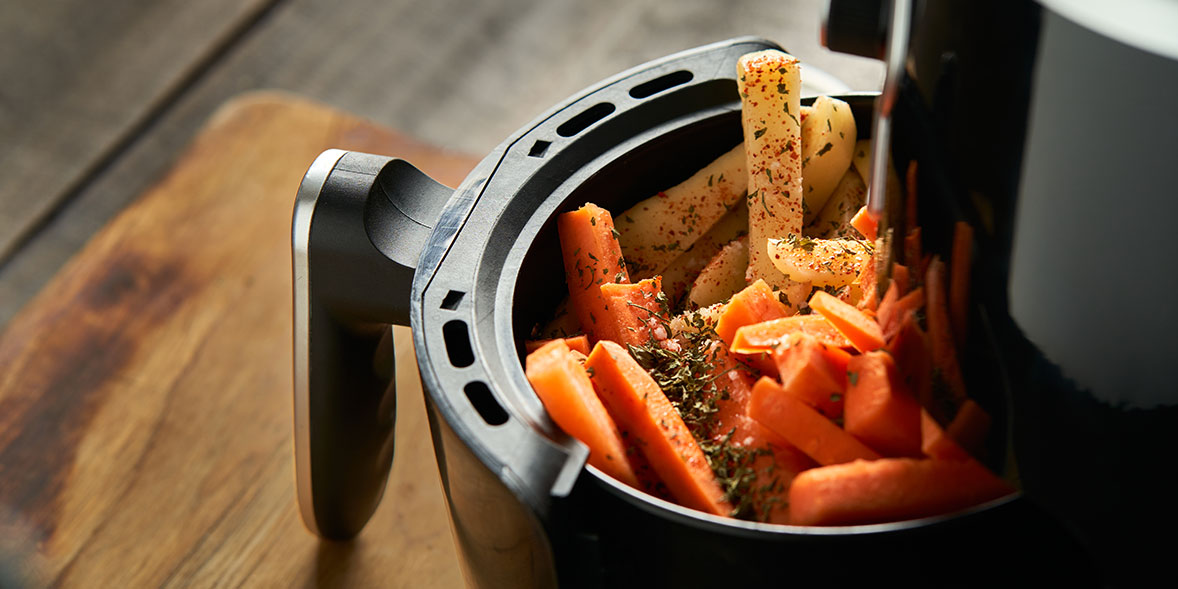
How much does it really cost to make dinner? We pitted a range of kitchen appliances against each other to find which were cheapest.
We picked a range of popular foods: a whole chicken, chips, soup, a sponge cake, steamed vegetables and a jacket potato.
Our test appliances were a microwave, air fryer, slow cooker, pressure cooker and halogen oven. These were compared with an electric oven or induction hob, depending on the type of food.
We recorded how long each dish took to cook, how much electricity it used and, crucially, how much it cost. We also rated the final dishes out of five on the quality of the cooking.
Is it cheaper to use an air fryer?
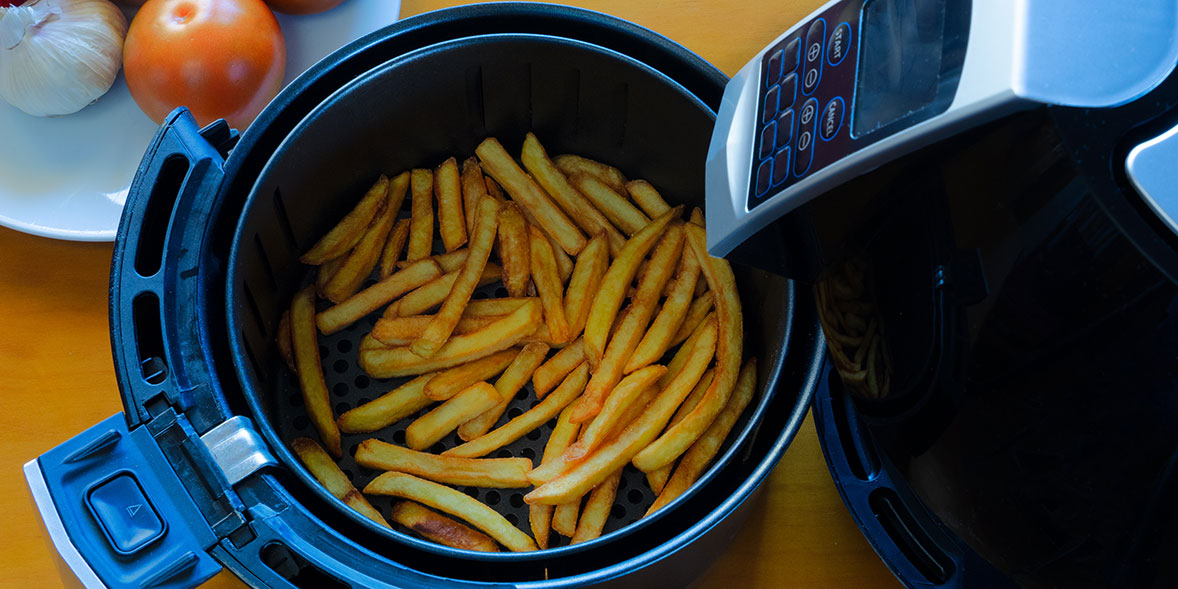
In short, yes. Our research found that you can make considerable energy savings with an air fryer compared to an oven or hob, particularly if you're only cooking small amounts. The same applies to a microwave.
Often the air fryer used less than half the energy, and the results were just as tasty.
However, the savings soon drop off if you have to cook in batches. And if you've got lots to cook you might well, as air fryers don't have as much space as a typical oven or hob.
So if you're cooking a large amount of food, the oven or hob may still be the most economical choice.
It’s important to consider the initial outlay when looking at cost savings, too. The air fryers we’ve tested cost anywhere between £30 and £300 to buy. So even though it may save you money compared with using an oven, it could be a while before it starts to pay for itself if you go for a pricier model.
Convinced you want to try an air fryer? Find out which models came out top in our test lab in our air fryer reviews.
You can also compare the pricing and availability of some popular models below:
Make the most of your appliance by visiting BBC Good Food to find smart recipe ideas - see BBC Good Food slow cooker recipes and BBC Good Food air fryer recipes
How much does it cost to cook a roast chicken?
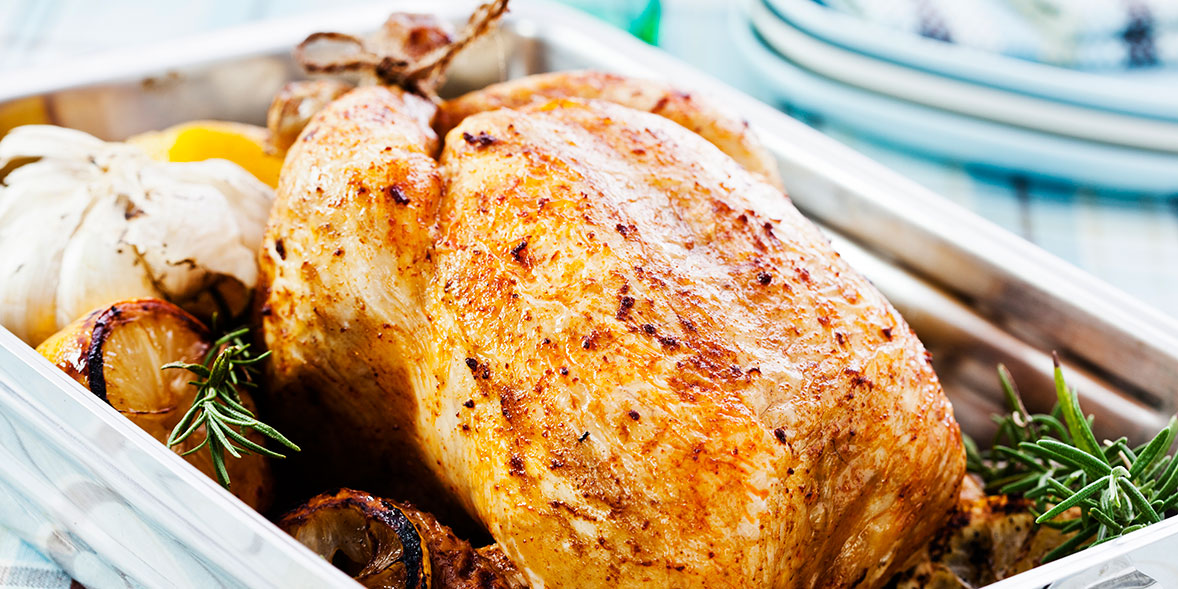
| Built-in electric oven | Pressure cooker | Air fryer | Slow cooker | Halogen oven | |
|---|---|---|---|---|---|
| Cooking time | 76 minutes | 32 minutes | 53 minutes | 180 minutes | 54 minutes |
| Energy used to cook | 1.157kWh | 0.336kWh | 0.54kWh | 0.9kWh | 1.166kWh |
| Cost to cook | 38p | 11p | 18p | 30p | 39p |
| Saving (compared to oven) | n/a | 27p cheaper | 20p cheaper | 8p cheaper | 1p more |
| Quality of cooking (max 5) | 4 Meat was a little dry, but the skin was crispy and browned | 4 Cooked rather than roasted, skin not crispy | 5 Juicy, flavoursome meat with a crispy, brown skin | 4 Well cooked, but skin only slightly crispy | 5 Full of flavour, with a crispy skin |
Our verdict: roast chicken
- Cheapest appliance: pressure cooker
- Best overall: air fryer
We cooked a small whole chicken (around 1.3kg) in each of the appliances we tested.
While the pressure cooker was the quickest and cheapest way of cooking the chicken, costing only 11p, it didn’t give the distinctive crispy skin that the other appliances did.
The oven cost 38p to cook a delicious-looking roast chicken, although the meat was a little dry. The air fryer cooked a perfect roast chicken, and cost only 18p. This may not sound like much of a difference, but if you were to cook a roast chicken this way once a week for a year, this equates to a saving of nearly £11.
Note that the size of the air fryer basket would limit the size of chicken you could cook - ours was only small. If you're making a full roast dinner then the oven may still be cheaper overall, as you may benefit from being able to use the surrounding oven space for other things.
Many people claim that halogen ovens are cheap to run, but the one we tested used slightly more energy, so it cost a little more. Although the chicken cooked in the halogen oven looked and tasted great, there are cheaper ways to get the same results.
If you're interested in trying out a pressure cooker, head to our pressure cooker reviews for more information.
How much does it cost to cook chips?
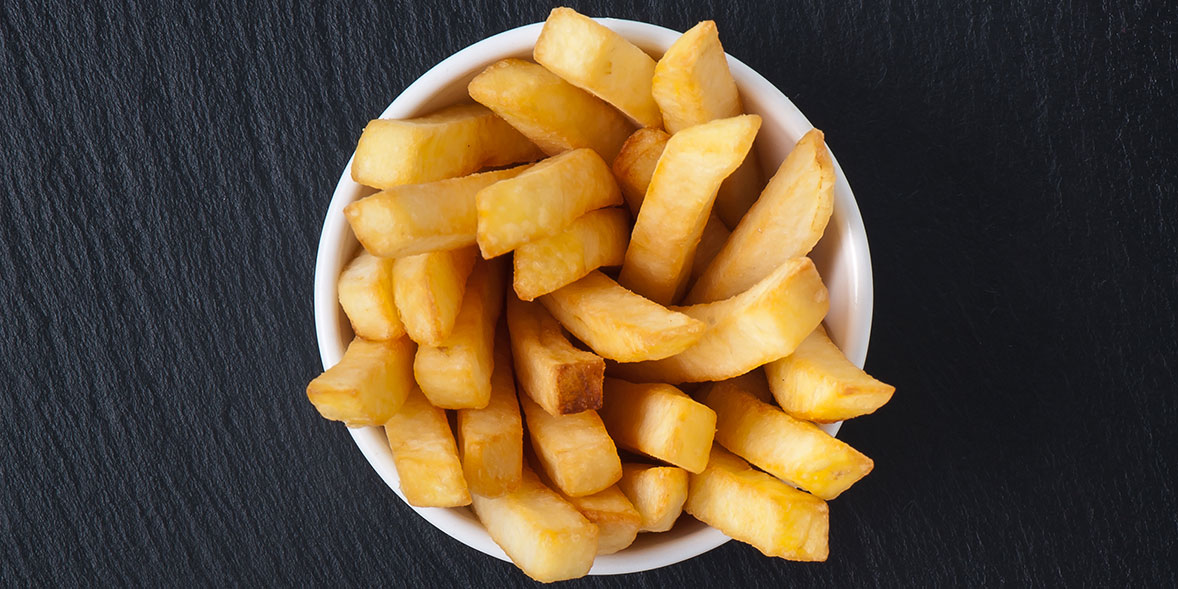
| Built-in electric oven | Air fryer | Halogen oven | |
|---|---|---|---|
| Cooking time | 33 minutes | 23 minutes | 35 minutes |
| Energy used to cook | 0.863kWh | 0.287kWh | 0.679kWh |
| Cost to cook | 29p | 10p | 23p |
| Saving (compared to oven) | N/A | 19p cheaper | 6p cheaper |
| Quality of cooking (max 5) | 3.5 Inconsistent cooking, as some were too crispy | 3 Some were cooked perfectly, but the ones on the bottom were undercooked | 3.5 Some were overcooked while others were undercooked |
Our verdict: chips
- Cheapest appliance: air fryer (as long as you're not cooking large amounts)
The saying “as cheap as chips” rang true when it came to our air fryer. It only cost 10p to cook two portions of chips. It cost three times that to cook the same quantity of chips in the oven.
The chips cooked in all three appliances were similar in quality, with a mixture of over- and undercooked ones, even though we stirred or shook them halfway through cooking.
The main drawback with the air fryer is the amount of food you can cook. The cooking capacity of the air fryers we’ve tested ranges from 0.3kg and 2.2kg, so it’s important to choose a model that will give you the space you need.
The model we used recommended only filling the basket halfway and using a maximum of 500g of chips – enough for two to three portions. If you’re feeding several people, or want to cook a few different food items at the same time, the oven has more space than the air fryer so may work out cheaper overall.
If you're in the market for a new built-in electric oven, make sure you check out our built-in oven reviews.
We've also got average annual oven running costs for all the individual models we test, so you can choose one that will be efficient to use over time.
How much does it cost to bake a cake?
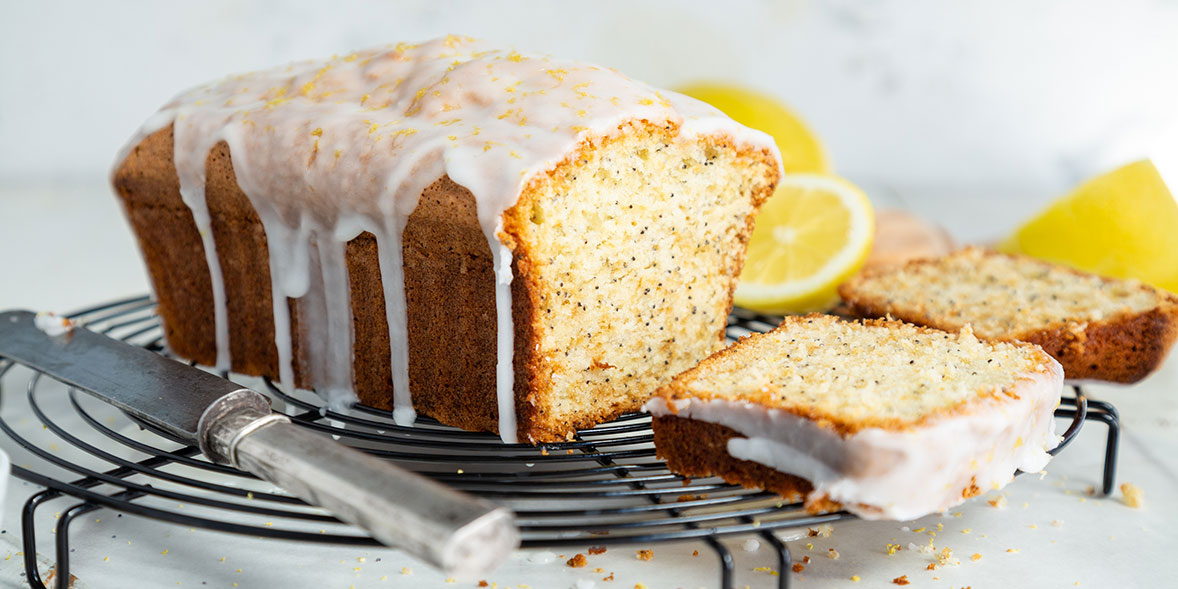
| Built-in electric oven | Air fryer | Slow cooker | Pressure cooker | Halogen oven | |
|---|---|---|---|---|---|
| Cooking time | 56 minutes | 33 minutes | 120 minutes | 65 minutes | 72 minutes |
| Energy used to cook | 0.71kWh | 0.223kWh | 0.599kWh | 0.76kWh | 0.922kWh |
| Cost to cook | 24p | 7p | 20p | 25p | 31p |
| Saving (compared to oven) | N/A | 17p cheaper | 4p cheaper | 1p more | 7p more |
| Quality of cooking (max 5) | 4 Slightly dense in the middle, but well risen | 5 Perfect cake, well risen and fluffy inside | 3.5 Slightly flat, burnt on one side, fell apart | 4 Fluffy on the inside, but the upper crust was too firm | 5 Perfect cake, with good height and light centre |
Our verdict: cake
- Cheapest appliance: air fryer
- Best overall: oven for larger bakes
If Bake Off has inspired you to create your own showstoppers, once again the air fryer offers good results at the lowest cost. At only 7p, and baking in half the time of the oven, the air fryer is ideal for a quick and delicious cake when cravings strike.
At 24p, the oven cost three times more than the air fryer.
However, because of the limited size of the air fryer, we had to make a smaller cake than we did in the other appliances. So if you’re planning a multi-tiered masterpiece, you'd need to stick to the trusty oven.
The pressure cooker and halogen oven produced good cakes, but they took longer than the oven and used more energy, costing 1p and 7p more respectively.
The cake made in the slow cooker was rather disappointing. It was flatter than the other cakes we made, due to the shape of the pot, and inconsistent heating meant it got burnt on one side. It also fell apart when we tried to get it out of the pot. For baking on a budget, the air fryer can't be beaten, though keen bakers may prefer to stick to the trusty oven.
Read more: find out how cake baking quality is affected by different oven temperatures.
How much does it cost to make soup from scratch?
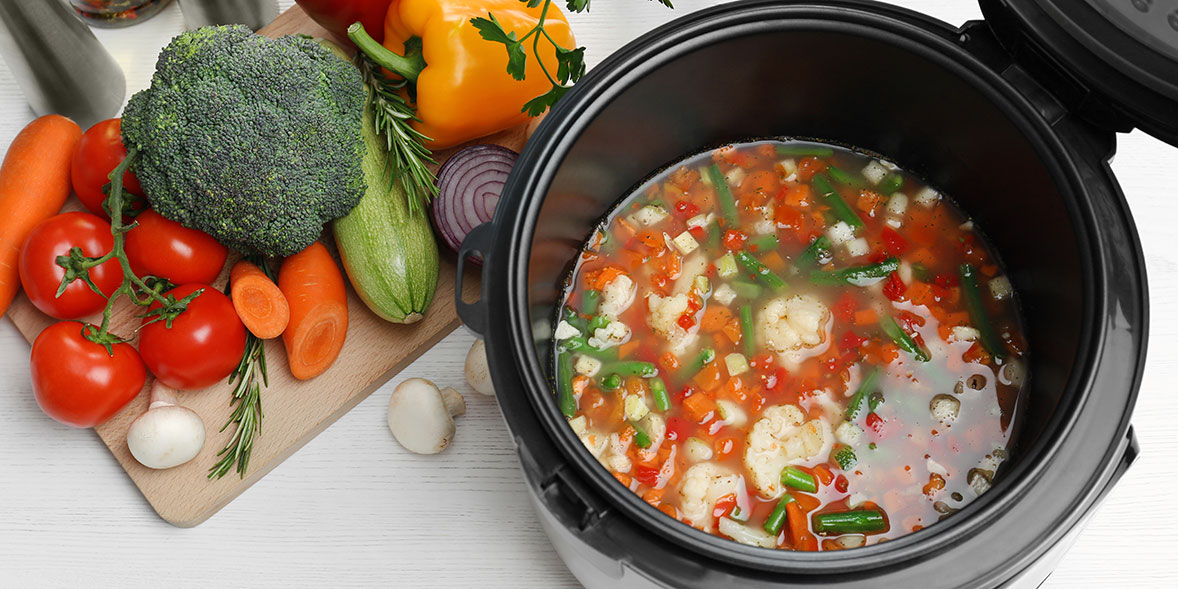
| Induction hob | Pressure cooker | Slow cooker | |
|---|---|---|---|
| Cooking time | 26 minutes | 21 minutes | 182 minutes |
| Energy used to cook | 0.273kWh | 0.272kWh | 0.901kWh |
| Cost to cook | 9p | 9p | 30p |
| Saving (compared to hob) | N/A | Same price | 21p more |
| Quality of cooking (max 5) | 5 Well cooked, with the perfect consistency | 4 Consistency slightly too thick because liquid evaporated | 3.5 Too thick, as a lot of liquid evaporated during cooking |
Our verdict: soup
- Cheapest appliance: induction hob or pressure cooker
- Most convenient: slow cooker
We found that both the induction hob and pressure cooker are cheap ways to make soup, each using only 9p worth of energy.
We included in our calculations the time and energy used for a stick blender to puree the soup to a smooth consistency after the vegetables have been cooked. We found that the soups from the pressure cooker and slow cooker were a little too thick, but this is easy to fix if you add hot water when you're blending.
Even though the slow cooker cost more to use, our lab testers were impressed by the convenience of this method of cooking. If you like to prepare ahead of time and don't want to labour too long over the hob, the slow cooker is a handy option.
Slow cooker size is key
As with air fryers, you may find yourself limited by the size of a slow cooker in a way that wouldn't be an issue with a hob. Make sure you check the usable volume in the manual for your cooker. The model we used had a stated capacity of 6.5 litres, but according to the instructions the maximum quantity that can be cooked is 6 litres, and most recommend you fill them about two-thirds full.
We've tested models with useable volumes from 0.88 litres to more than 5 litres, so if you're investing in a slow cooker it's crucial to find one to suit your needs.
Head to our slow cooker reviews to find one that's the right size for you.
How much does it cost to cook steamed vegetables?
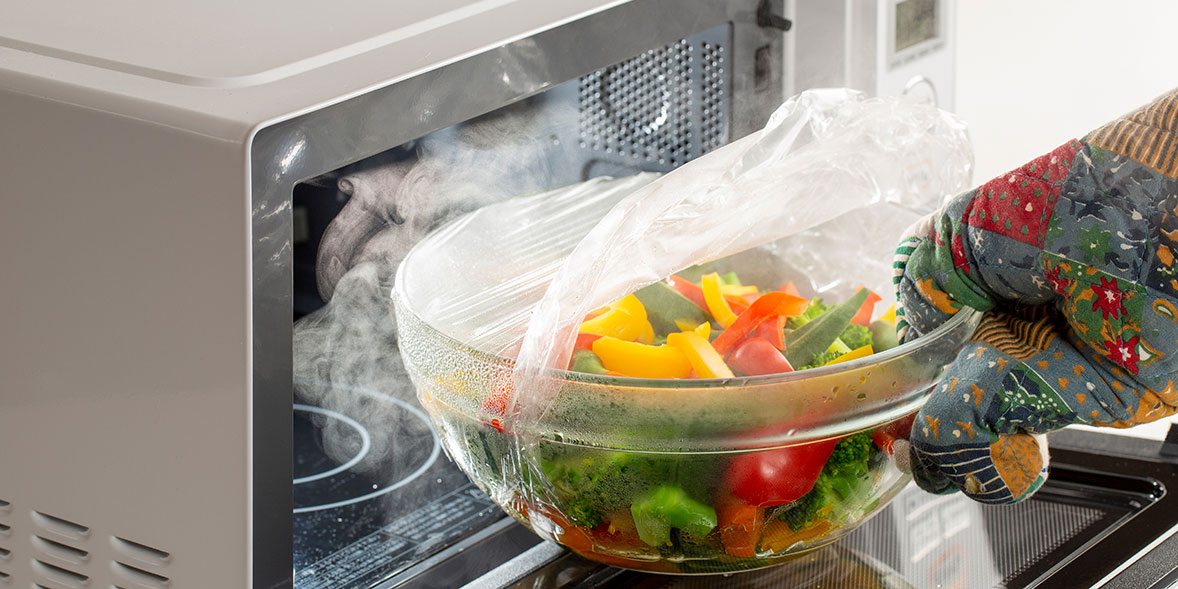
| Induction hob | Microwave | Pressure cooker | |
|---|---|---|---|
| Cooking time | 9 minutes | 5 minutes | 12 minutes |
| Energy used to cook | 0.192kWh | 0.086kWh | 0.204kWh |
| Cost to cook | 6p | 3p | 7p |
| Saving (compared to hob) | N/A | 3p cheaper | 1p more |
| Quality of cooking (max 5) | 5 Perfectly steamed | 4 A little too firm | 4.5 Slightly overcooked |
Our verdict: steamed vegetables
- Cheapest appliance: microwave
There’s very little to choose between the three appliances we used to steam our broccoli in terms of cooking quality. The induction hob gave the best results, but at 6p compared to 3p, it was double the cost of using the microwave.
The pressure cooker used more energy than the induction hob and also overcooked the broccoli. Both the microwave and hob are easier to control than the pressure cooker, so we'd recommend using one of these to whip up a quick side of veggies.
Get all our microwave buying advice and test results in our microwave reviews.
How much does it cost to cook a jacket potato?
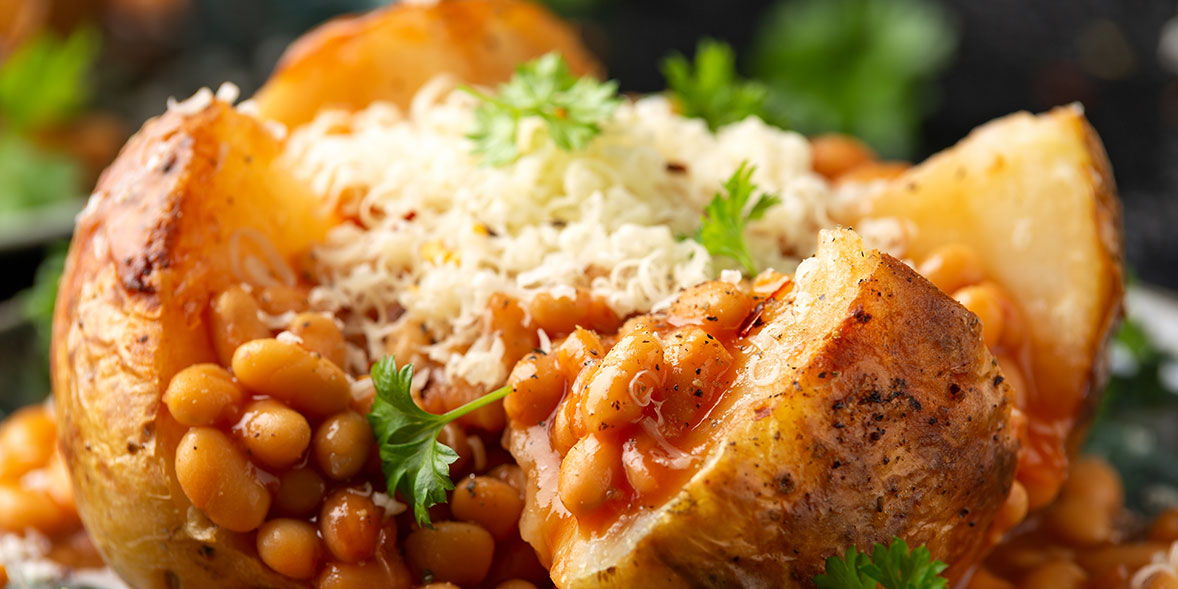
| Built-in electric oven | Microwave | Pressure cooker | Air fryer | Halogen oven | Slow cooker | |
|---|---|---|---|---|---|---|
| Cooking time | 68 minutes | 8 minutes | 32 minutes | 48 minutes | 51 minutes | 300 minutes |
| Energy used to cook | 1.084kWh | 0.149kWh | 0.26kWh | 0.392kWh | 0.917kWh | 1.502kWh |
| Cost to cook | 36p | 5p | 9p | 13p | 30p | 50p |
| Saving (compared to oven) | N/A | 31p cheaper | 27p cheaper | 23p cheaper | 6p cheaper | 14p more |
| Quality of cooking (max 5) | 5 Well cooked with a signature crispy skin | 5 Fluffy and soft inside | 5 Soft and fluffy inside | 5 Soft and tender inside, crispy skin | 5 Tender and soft inside | 5 Well cooked, with a slightly crispy skin |
Our verdict: jacket potato
- Cheapest appliance: microwave
- Best for crispy skin at a low cost: air fryer
The microwave easily beat the other appliances on costs when baking a large potato. It took just 8 minutes to produce a soft and fluffy jacket potato and only cost 5p in energy.
The oven took an hour longer and cost 36p, seven times more than the microwave. You won't get a classic crispy skin when using a microwave to cook a jacket potato, but when you’re in a rush it’s a quick and efficient way to cook.
The air fryer once again proved its credentials over the oven, taking half the time and using around a third of the electricity. However, as with a lot of the other items we cooked, space was an issue and we could only fit one potato in at a time.
If you want to cook more than one, an oven would be your best bet. But for a single potato, an air fryer is ideal.
Our research explained
The appliance models we used in our test lab were chosen as typical examples of each type of product. We based this on a combination of their performance, energy usage, price and other factors. We selected several recipes and food types that could be cooked using multiple products. The quantities of all the foods were the same in each appliance (except for the cake in the air fryer) to ensure the tests were comparable.
The cooking times above include preheating time where required, and also blending time for the soup. The energy consumption figures include the energy used during preheating and cooking, and for the hand blender during the soup test.
We used an electricity cost of 33.2p per kWh, based on the cost of a unit of electricity under the Government's Energy Price Guarantee for April-July 2023.
We cooked:
- A 1.3-1.4kg roast chicken, enough for around three to four portions
- 320g of frozen chips, enough for two to three portions
- A basic three-egg sponge cake. The quantity had to be reduced for the air fryer in order to fit into the basket.
- A smooth butternut squash soup.
- 300g steamed broccoli, divided into florets. Steamed using a steaming basket/insert.
- One potato, approximately 200g. The microwave we tested had an automatic programme for cooking jacket potatoes.
The appliances we used:
- Built-in electric oven - Bosch Serie 2 HHF113BR0B
- Induction hob - Grundig GIEI623410MX
- Microwave - John Lewis JLSMWO08
- Air fryer - Morphy Richards Health Fryer 480003
- Slow cooker - Cookworks 6.5L Slow Cooker - 699/2679
- Pressure cooker - Ninja OL750UK Ninja Foodi Max 15-in-1 SmartLid Multi-Cooker 7.5L
- Halogen oven - TZS First Austria FA-5030-1
You can compare prices of each appliance below:
For more help reducing your expenses, head to our cost of living advice and tips.